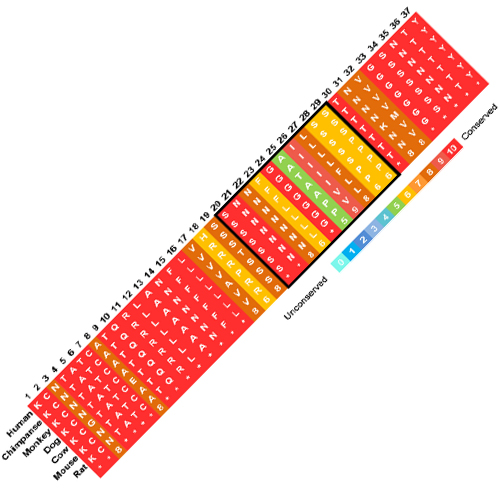Cloning, expression and purification of the human Islet Amyloid Polypeptide (hIAPP) from Escherichia coli
15-Feb-2015
Protein Expression and Purification, 2015, doi:10.1016/j.pep.2014.10.012, Volume 106, Pages 49–56 published on 15.02.2015
Protein Expression and Purification, online article
Protein Expression and Purification, online article
Type II diabetes is characterized by deposition of the hormone human Islet Amyloid Polypeptide (hIAPP). Formation of hIAPP amyloid fibrils and aggregates is considered to be responsible for pancreatic β-cell losses. Therefore, insight into the structure of hIAPP in the solid-state and in solution is of fundamental importance in order to better understand the action of small molecules, which can potentially dissolve protein aggregates and modulate cell toxicity. So far, no procedure has been described that allows to obtain the native human IAPP peptide at high yields. We present here a cloning, expression and purification protocol that permits the production of 2.5 and 3 mg of native peptide per liter of minimal and LB medium, respectively. In the construct, hIAPP is fused to a chitin binding domain (CBD). The CBD is subsequently cleaved off making use of intein splicing reaction which yield amidation of the C-terminus. The N-terminus contains a solubilization domain which is cleaved by V8 protease, avoiding additional residues at the N-terminus. The correct formation of the disulfide bond is achieved by oxidation with H2O2.











